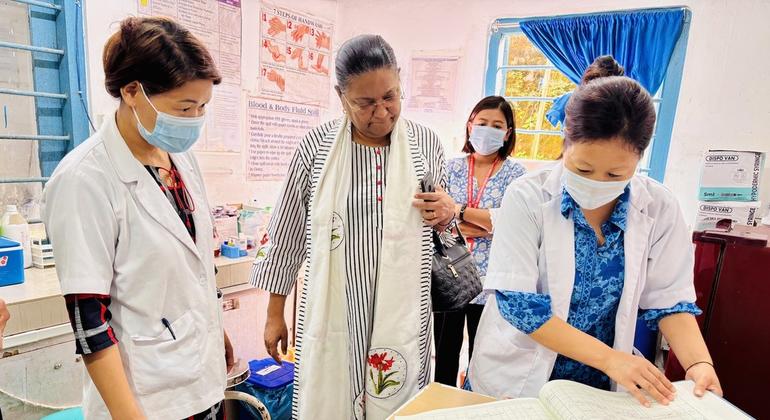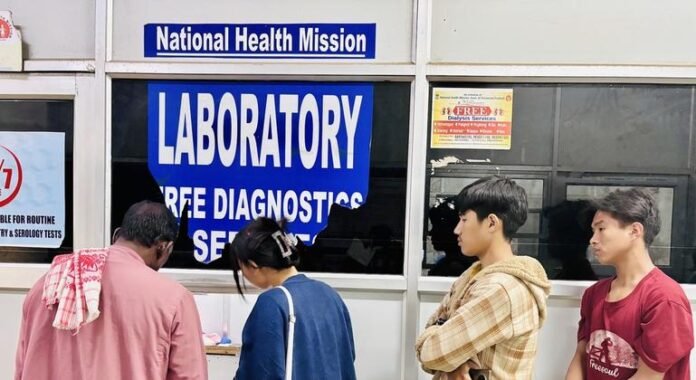Launched in December 2024, the TB eradication campaign will take potential patients closer by leveraging the existing health infrastructure, including over 1,60,000 Ayushman Arogya Mandirs (health and wellness centres) across the country.
Kurung Kumea district of Arunachal Pradesh is one of the districts selected for this campaign.
Under the National Tuberculosis Elimination Program (NTEP), strategies such as improved access to diagnostic systems, reduction of treatment delays, nutritional support and preventive treatment were adopted for those exposed to the patient. Due to these efforts, TB in India has been significantly reduced by 2023.
The number of TB patients decreased from 237 per 1 lakh people in 2015 to 195 per 1 lakh in 2023, i.e. a decrease of 17.7%.
During the same period, TB deaths also fell from an average of 28 per 1 lakh to 22 per 1 lakh, i.e. a reduction of 21.4%.
Challenges many
One of the biggest challenges for Arunachal Pradesh was reaching out to the tribal population scattered in remote terrain and remote areas.
The state has adopted a multi-pronged approach to reach out to these people. Under this, private sector support for case notification includes proactive case finding, ensuring adherence to treatment regimens and removing associated stigma, distribution of nutritious food and screening in remote areas and marginalized communities.
“There is still a stigma attached to it in urban areas, and even those who cough constantly take sputum samples for testing,” says Kichimuni, an ASHA (community health volunteer) facilitator for the urban area around Itafort Health Center in Itanagar.
“We go door to door to tell people that it is not a bad disease, treatment is free and if you keep taking the medicine you can make a full recovery.”
The state health department, in collaboration with its development partners, has taken several steps to strengthen TB eradication initiatives among tribals.

These include strengthening tribal communities, gaining their support, communicating with local administrations, providing integrated services and treating patients with an understanding of co-morbidity.
positive results
The result of these measures is that even after the Covid pandemic, the reporting rate of TB cases remains above 75% of the target set by the Central Tuberculosis Department. Also, more than 80% of people are successful in completing TB treatment.
With the increase in awareness, people themselves have started to come forward and provide information about the case.

WHO representative in India Dr. Roderico H. “To provide a continuum of treatment and care to the community, TB, non-communicable disease management, malnutrition and mental health services need to be integrated,” says Ofrin. “Just as patients with diabetes are at higher risk of developing tuberculosis, patients with tuberculosis are also at increased risk of mental health problems.”
“We need to leverage digital platforms like TeleManus to provide anonymous counseling services to digitally savvy youth populations, especially as they are at risk of tobacco, alcohol and drug abuse.”
WHO is providing technical and on-the-ground support to district-level governments in 10 states of India to accelerate action towards total eradication of TB in India.


